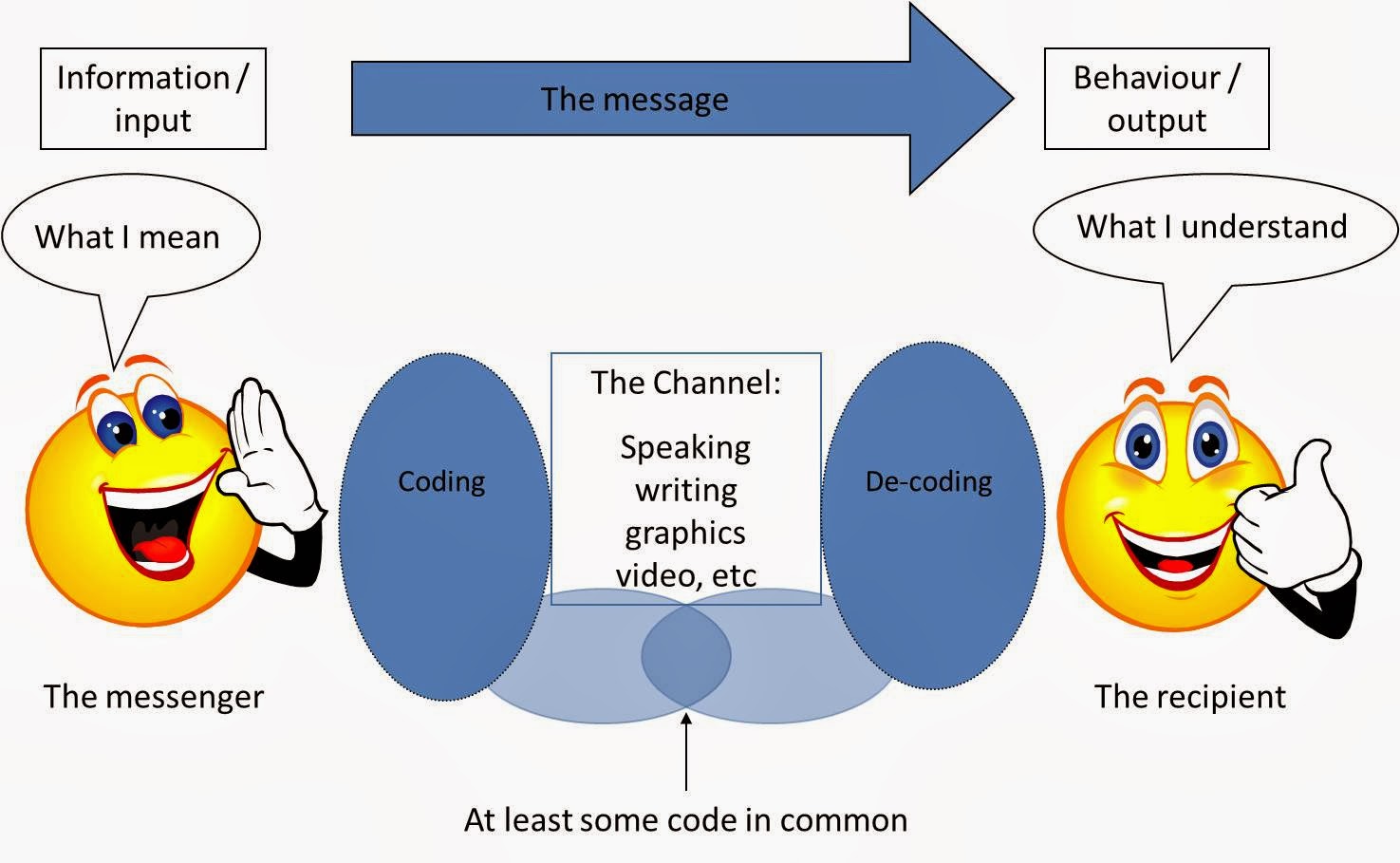Theories and Models on Motivation
1.
Maslow's Hierarchy of Needs:
- History: Developed by Abraham Maslow in the 1940s, it's one of the most well-known theories of motivation.
- Explanation: Maslow proposed that humans have five levels of needs: physiological, safety, love/belonging, esteem, and self-actualization. He argued that lower-level needs must be satisfied before individuals can attend to higher-level needs.
- Example: An employee may first seek job security (safety need) before seeking a promotion (esteem need).
2.
Self-Determination Theory (SDT):
- History: Developed by Edward Deci and Richard Ryan in the 1980s, this theory focuses on the degree to which an individual's behaviour is self-motivated and self-determined.
- Explanation: SDT emphasizes three intrinsic needs: competence (feeling effective in one’s activities), autonomy (feeling in control of one's behaviour), and relatedness (feeling connected to others). Fulfilling these needs leads to higher motivation and well-being.
- Example: A student is more motivated to study a subject they have chosen (autonomy) and find interesting (competence), especially if they feel supported by their peers and teachers (relatedness).
3.
McClelland’s Theory of Needs (Achievement
Motivation Theory):
- History: Developed by David McClelland in the 1960s, this theory focuses on three needs: achievement, affiliation, and power.
- Explanation: Individuals are motivated by a need for achievement (nAch), a need for affiliation (nAff), and a need for power (nPow). The dominance of one of these needs drives an individual's behaviour.
- Example: An entrepreneur might be primarily driven by nAch, constantly seeking to accomplish challenging goals and improve their performance.
4. Equity
Theory:
- History: Developed by John Stacey Adams in 1963, it focuses on the role of fairness in motivation.
- Explanation: The theory posits that individuals are motivated by a sense of fairness in their interactions. When people perceive an imbalance in their input-output ratio compared to others, they become demotivated.
- Example: If an employee feels they're being paid less than others for the same work, their motivation to work might decrease.
5.
Expectancy Theory:
- History: Formulated by Victor Vroom in 1964, this theory is about the mental processes regarding choice, or deciding how to behave.
- Explanation: It suggests that motivation is influenced by a combination of factors: expectancy (the belief that effort leads to performance), instrumentality (the belief that performance leads to a reward), and valence (value of the reward).
- Example: A salesperson is more likely to be motivated to achieve high sales if they believe that their effort will lead to good sales figures (expectancy), which in turn will lead to a significant bonus (instrumentality), and if they value the bonus highly (valence).
There are several modern theories and models of motivation that have been developed more recently. These theories often build upon or contrast with the classical theories to address contemporary issues in motivation. Here are a few of them:
1.
Self-Concordance Model:
- History: Developed by Sheldon and Elliot in the late 1990s, this model is a modern extension of Self-Determination Theory.
- Explanation: It suggests that the key to motivation is pursuing goals that are aligned with one's personal interests and values (self-concordant goals). The model argues that pursuing such goals leads to higher levels of motivation and satisfaction.
- Example: An individual who chooses a career path that aligns with their personal passion and values (e.g., a love for art leading to a career in graphic design) will likely experience higher motivation and job satisfaction.
2.
Goal-Setting Theory:
- History: Developed by Edwin Locke in the 1960s and refined in subsequent decades, this theory is widely recognized in organizational psychology.
- Explanation: The theory emphasizes the importance of setting specific, challenging goals in fostering motivation. It posits that clear goals and appropriate feedback motivate individuals by creating a sense of challenge and commitment.
- Example: A teacher sets clear, achievable goals for students in a semester, such as improving their grades by a specific percentage, which motivates students to work towards these targets.
3.
Cognitive Evaluation Theory (Part of SDT):
- History: Developed as a sub-theory of Self-Determination Theory, it focuses on intrinsic motivation and the role of external factors.
- Explanation: The theory suggests that external rewards can undermine intrinsic motivation if they diminish one's sense of autonomy. However, feedback that supports a person’s sense of competence without undermining their autonomy can enhance intrinsic motivation.
- Example: A student may be intrinsically motivated to learn a new language. However, if they are rewarded with money for learning it, their intrinsic motivation may decrease.
4. Flow
Theory:
- History: Proposed by Mihaly Csikszentmihalyi in the 1970s and 1980s, this theory explores the state of being in 'flow'.
- Explanation: Flow is a state of complete immersion and engagement in an activity. People are most motivated and perform their best when they are in a state of flow, characterized by a perfect balance of challenge and skill, with clear goals and immediate feedback.
- Example: An artist becomes so involved in painting that they lose track of time. This deep engagement motivates the artist to continue working and improving.
5.
Drive Theory (Neurobiological Model):
- History: A more recent approach that integrates motivation with neuroscience.
- Explanation: This theory suggests that motivation is biologically rooted in the brain’s reward and pleasure centres. It postulates that behaviour is driven by biological needs that demand satisfaction.
- Example: Research using fMRI (functional Magnetic Resonance Imaging) has shown that certain activities, like eating or social interaction, activate the brain’s reward pathways, which motivates individuals to engage in these activities.
Each of these theories adds a unique perspective to our
understanding of motivation, emphasizing the complexity and multifaceted nature
of what drives human behaviour in the modern world.
.png)


Comments
Post a Comment